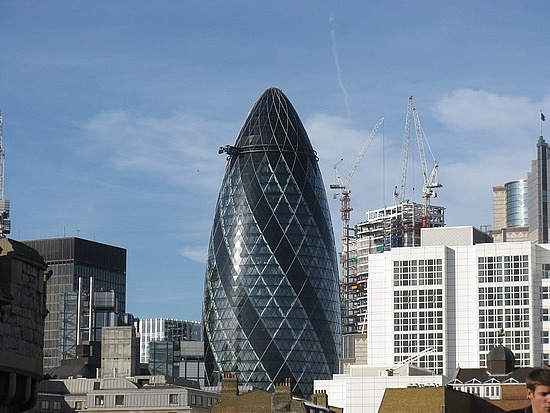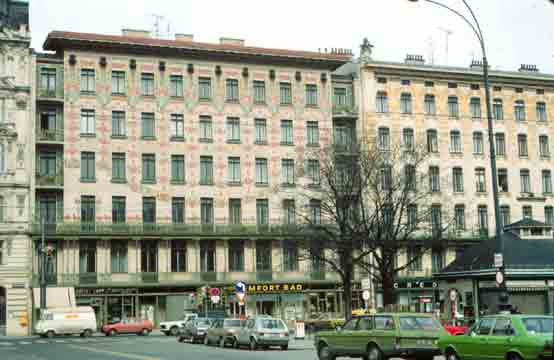The Health Benefits of Fasting
Will Carroll
There has been much contention in the scientific field about whether or not fasting is beneficial to one's health. Fasting is an integral part of many of the major religions including Islam, Judaism and Christianity. Many are dubious as to whether the physiological effects are as beneficial as the spiritual promoted by these religions. There is a significant community of alternative healers who believe that fasting can do wonders for the human body. This paper will look at the arguments presented by these healers in an attempt to raise awareness of the possible physiological benefits that may result from fasting.
Fasting technically commences within the first twelve to twenty-four hours of the fast. A fast does not chemically begin until the carbohydrate stores in the body begin to be used as an energy source. The fast will continue as long as fat and carbohydrate stores are used for energy, as opposed to protein stores. Once protein stores begin to be depleted for energy (resulting in loss of muscle mass) a person is technically starving. (1)
The benefits of fasting must be preceded by a look at the body's progression when deprived of food. Due to the lack of incoming energy, the body must turn to its own resources, a function called autolysis. (2) Autolysis is the breaking down of fat stores in the body in order to produce energy. The liver is in charge of converting the fats into a chemical called a ketone body, "the metabolic substances acetoacetic acid and beta-hydroxybutyric acid" (3), and then distributing these bodies throughout the body via the blood stream. "When this fat utilization occurs, free fatty acids are released into the blood stream and are used by the liver for energy." (3) The less one eats, the more the body turns to these stored fats and creates these ketone bodies, the accumulation of which is referred to as ketosis. (4)
Detoxification is the foremost argument presented by advocates of fasting. "Detoxification is a normal body process of eliminating or neutralizing toxins through the colon, liver, kidneys, lungs, lymph glands, and skin." (5). This process is precipitated by fasting because when food is no longer entering the body, the body turns to fat reserves for energy. "Human fat is valued at 3,500 calories per pound," a number that would lead one to believe that surviving on one pound of fat every day would provide a body with enough energy to function normally. (2) These fat reserves were created when excess glucose and carbohydrates were not used for energy or growth, not excreted, and therefore converted into fat. When the fat reserves are used for energy during a fast, it releases the chemicals from the fatty acids into the system which are then eliminated through the aforementioned organs. Chemicals not found in food but absorbed from one's environment, such as DDT, are also stored in fat reserves that may be released during a fast. One fasting advocate tested his own urine, feces and sweat during an extended fast and found traces of DDT in each. (5)
A second prescribed benefit of fasting is the healing process that begins in the body during a fast. During a fast energy is diverted away from the digestive system due to its lack of use and towards the metabolism and immune system. (6) The healing process during a fast is precipitated by the body's search for energy sources. Abnormal growths within the body, tumors and the like, do not have the full support of the body's supplies and therefore are more susceptible to autolysis. Furthermore, "production of protein for replacement of damaged cells (protein synthesis) occurs more efficiently because fewer 'mistakes' are made by the DNA/RNA genetic controls which govern this process." A higher efficiency in protein synthesis results in healthier cells, tissues and organs. (7) This is one reason that animals stop eating when they are wounded, and why humans lose hunger during influenza. Hunger has been proven absent in illnesses such as gastritis, tonsillitis and colds. (2) Therefore, when one is fasting, the person is consciously diverting energy from the digestive system to the immune system.
In addition, there is a reduction in core body temperature. This is a direct result of the slower metabolic rate and general bodily functions. Following a drop in blood sugar level and using the reserves of glucose found in liver glycogen, the basal metabolic rate (BMR) is reduced in order to conserve as much energy within the body as can be provided. (2) Growth hormones are also released during a fast, due to the greater efficiency in hormone production. (7)
Finally, the most scientifically proven advantage to fasting is the feeling of rejuvenation and extended life expectancy. Part of this phenomenon is caused by a number of the benefits mentioned above. A slower metabolic rate, more efficient protein production, an improved immune system, and the increased production of hormones contributes to this long-term benefit of fasting. In addition to the Human Growth Hormone that is released more frequently during a fast, an anti-aging hormone is also produced more efficiently. (7) "The only reliable way to extend the lifespan of a mammal is under-nutrition without malnutrition." (5) A study was performed on earthworms that demonstrated the extension of life due to fasting. The experiment was performed in the 1930s by isolating one worm and putting it on a cycle of fasting and feeding. The isolated worm outlasted its relatives by 19 generations, while still maintaining its youthful physiological traits. The worm was able to survive on its own tissue for months. Once the size of the worm began to decrease, the scientists would resume feeding it at which point it showed great vigor and energy. "The life-span extension of these worms was the equivalent of keeping a man alive for 600 to 700 years." (8)
In conclusion, it seems that there are many reasons to consider fasting as a benefit to one's health. The body rids itself of the toxins that have built up in our fat stores throughout the years. The body heals itself, repairs all the damaged organs during a fast. And finally there is good evidence to show that regulated fasting contributes to longer life. However, many doctors warn against fasting for extended periods of time without supervision. There are still many doctors today who deny all of these points and claim that fasting is detrimental to one's health and have evidence to back their statements. The idea of depriving a body of what society has come to view as so essential to our survival in order to heal continues to be a topic of controversy.






























